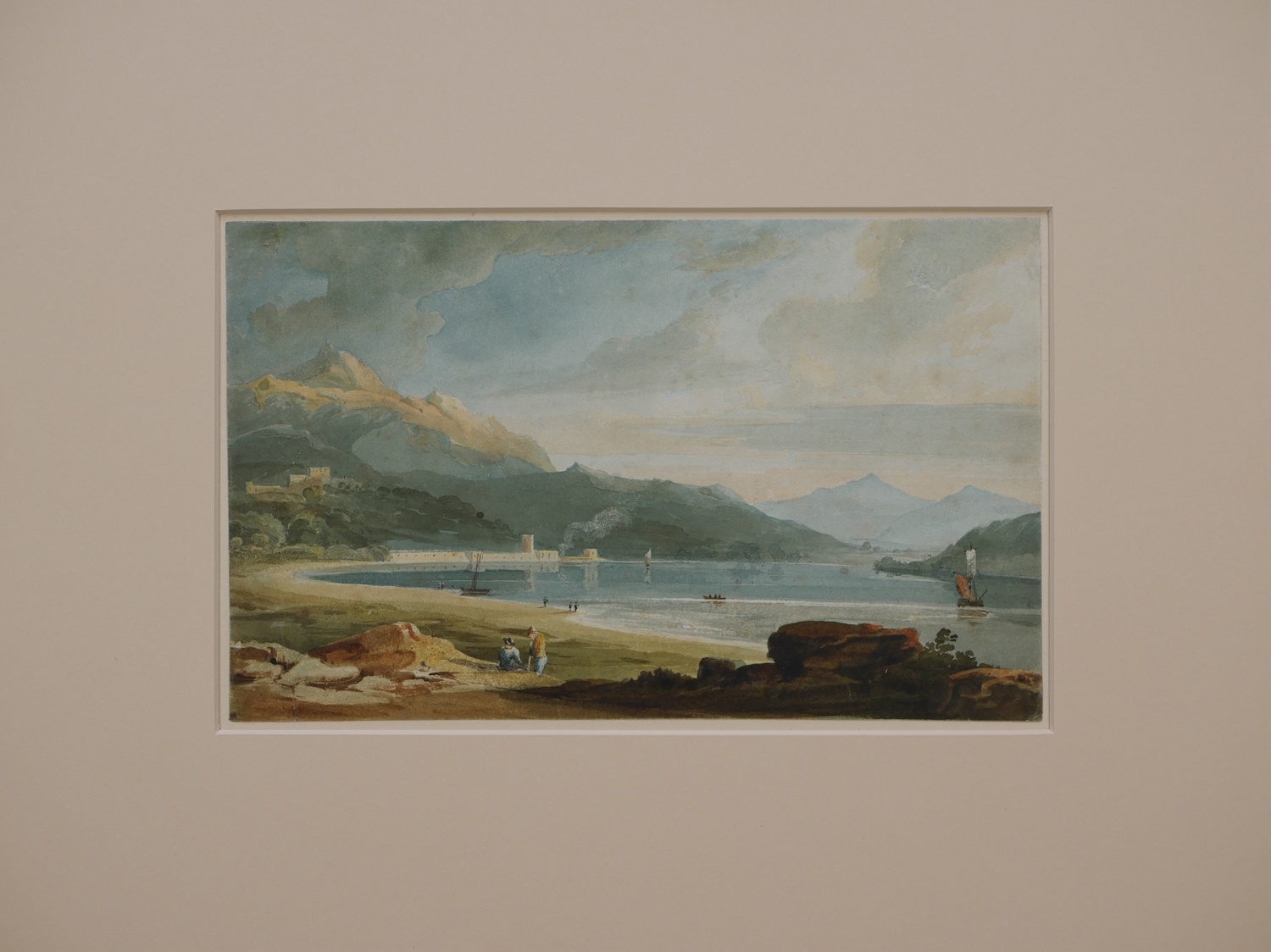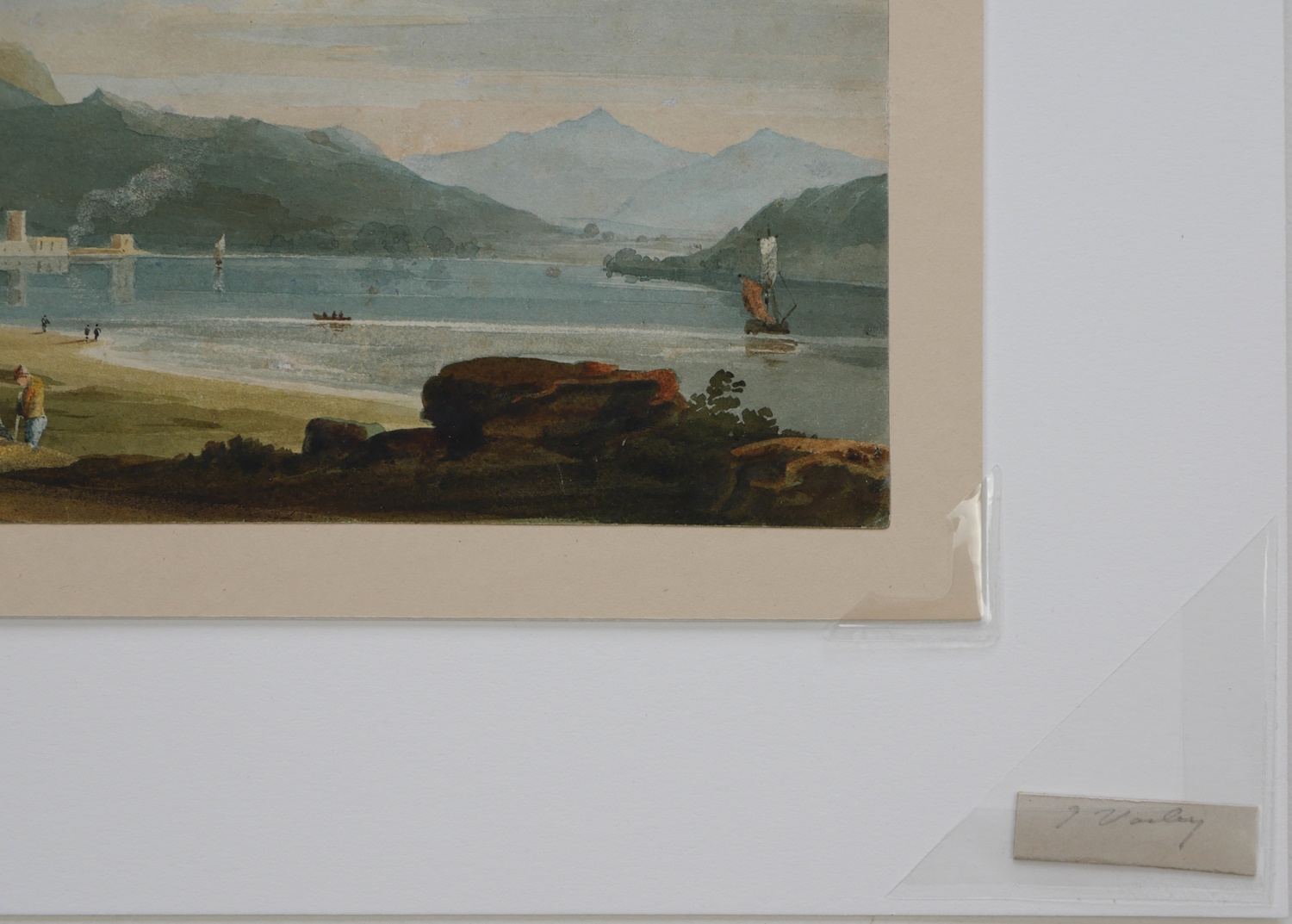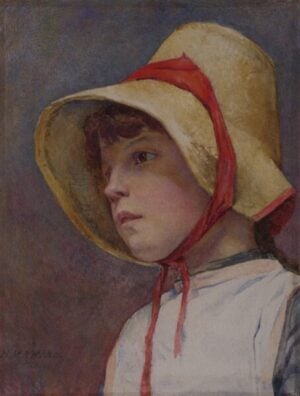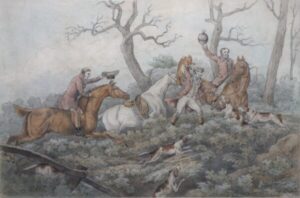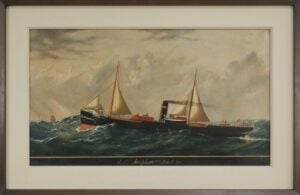Brand
Varley, John (1778-1842)
John Varley was a watercolour painter and astrologer, and a close friend of William Blake. They collaborated in 1819–1820 on the book Visionary Heads, written by Varley and illustrated by Blake. He was the elder brother of Cornelius Varley.
Varley was born at the Old Blue Post Tavern, Hackney, on 17 August 1778. His father, Richard Varley, born at Epworth in Lincolnshire, had settled in London after the death of his first wife in Yorkshire. For a brief time John Varley was employed by a portrait painter in Holborn and then, at the age of 15 or 16, he became a pupil of Joseph Charles Barrow (fl. 1789–1802) who had an evening drawing school twice a week at 12 Furnival’s Inn Court, Holborn. It was Barrow who took Varley on a sketching tour to Peterborough from which he emerged as a professional painter.
In 1798 he exhibited a highly regarded sketch of Peterborough Cathedral at the Royal Academy and became a regular exhibitor at the RA until the foundation of the Old Watercolour Society in 1805. Varley was one of the founders of the OWS and exhibited over 700 drawings there. He also became a highly successful drawing master with pupils including Copley Fielding, David Cox, John Linnell and Turner of Oxford.
Despite his success, he was constantly in financial difficulties, “since he was both a hopeless businessman and by temperament something of a Micawber”. (Mallalieu). Varley was particularly skilled at the laying of flat washes of watercolour which suited the placid, contemplative mood that he often sought to evoke.
Varley published A Treatise on the Principles of Landscape Drawing, 1816–21 and A Practical Treatise on the Art of Drawing in Perspective. He also wrote an astrological text (with illustrations) entitled A Treatise on Zodiacal Physiognomy in 1828.

